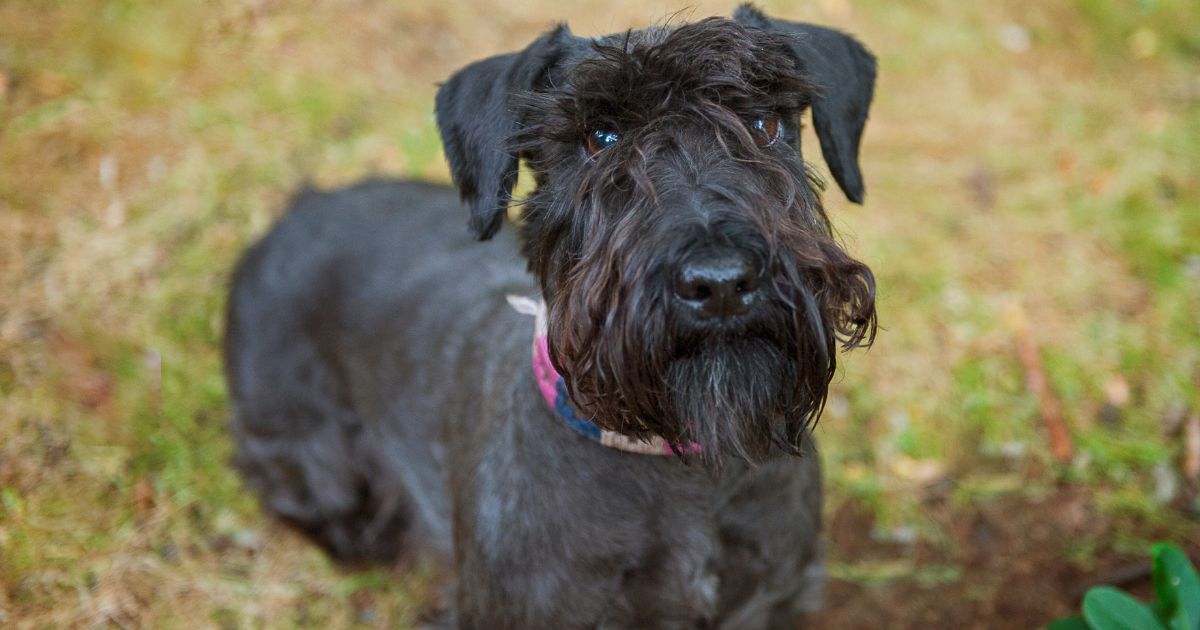As a vet I often get worried pet owners asking about their dog in heat, also known as being in season, usually when it first happens in a young female dog. Whether you’re a first-time dog owner or a seasoned pro, dealing with your dog’s first season can be an interesting and sometimes overwhelming experience! In this blog post, we’ll cover: what a dog season is, when it happens, how long a dog is in heat, can dogs have periods, how often can they go into heat, and most importantly, how you and your dog can handle it with ease.
What is a dog season?
Let’s start with the basics.
A dog season, also known as a heat cycle, refers to the reproductive cycle in female dogs. Like in humans, female dogs go through a regular hormonal cycle, and during this time, they’re fertile and capable of mating.
When does it happen and how often?
The timing of a dog having her first season depends on a few factors such as breed, age, and general health. Usually, the first season occurs around nine to twelve months of age. But smaller breeds may start as early as six or seven months, while larger breeds may take a bit longer – even up to 18-20 months in some giant breeds.
After the initial season, dogs typically go into heat twice a year, but this can vary.
How long does it last?
A dog’s season typically lasts about three weeks, but this can also vary from dog to dog. During this time, you may notice changes in your dog’s behaviour, as well as physical changes, and it’s essential to understand what’s happening.
Behavioural changes: what to expect?
As your dog enters her season, you might see changes in her behaviour. Some common signs include restlessness, and increased affection. She may also be paying attention to or licking her back end more often.

Keep in mind that behavioural changes can occur before, during, or after the actual bleeding phase. She may also be more interested in male dogs, and engage in courtship behaviour if allowed, which includes altered posture, allowing them to investigate her scent, and moving her tail to the side on their approach.
If you notice any of these signs, it’s a good indicator your dog is in or approaching her season.
What are the physical signs?
The obvious ones are a swollen vulva, and a bloody discharge. But for at least a week before this becomes obvious, there will be some clear or pink discharge. Usually dogs keep themselves pretty clean and this can go unnoticed.
But during the active bleeding stage of the heat cycle, your dog is effectively having the equivalent of a period, so you may notice blood spotting on soft furnishings or on the floor as she moves around the home.
When is she most fertile?
Dogs are usually most fertile, and will often want to mate just after the bleeding ends during their season. During this time hormones can take over and some dogs will want to escape and go off in search of a mate.
So take care that your garden is escape-proof and that you keep her on a lead whilst out and about.
What happens if she has an accidental mating?
Don’t fear, mistakes can happen. But we do have a dog overpopulation problem with lots of puppies and dogs looking for homes. So unplanned pregnancies are not ideal.
If you haven’t planned for puppies, it’s recommended you go to your vet where they can give medication to prevent a pregnancy occurring, the equivalent of emergency contraception. This can be given up to a few weeks after mating, but as soon as possible after you suspect mating has taken place is best.
Practical tips to keep you and your dog happy during their season:
- Stay calm and consistent: Dogs are highly perceptive to their owners’ emotions. Stay calm and maintain your regular routine to provide a sense of stability.
- Hygiene matters: During the bleeding phase of their season, consider using doggy diapers or keeping your dog in a designated area with easy-to-clean surfaces. This will help keep your home clean and your dog comfortable.
- Increased exercise: A little extra physical activity can do wonders for your dog’s mood. Take longer walks, play fetch, or engage in other activities to burn off excess energy.
- Supervise outdoor activities: Keep a close eye on your dog when she’s outside, especially if there are intact or unneutered male dogs in the vicinity. Unwanted attention can be stressful for your dog and may lead to unexpected complications.
- Consult your vet: If you have concerns or if this is your first experience with your dog’s season, don’t hesitate to consult your vet. They can provide personalised advice based on your dog’s specific needs.
Check out some of our favourite enrichment activities for mental stimulation.
And remember…
Understanding your dog’s season is a key aspect of responsible pet ownership. By being aware of the signs and having some practical tips to hand, you can get through this phase with confidence.
Remember, each dog is unique, so observe your furry friend closely and adjust your approach accordingly. With a little patience and care, you and your dog can breeze through the season together.
If you don’t plan on breeding from your dog then there are health benefits to having her spayed, with pros and cons on the best timing. Speak to your vet about this or read more about neutering here.

